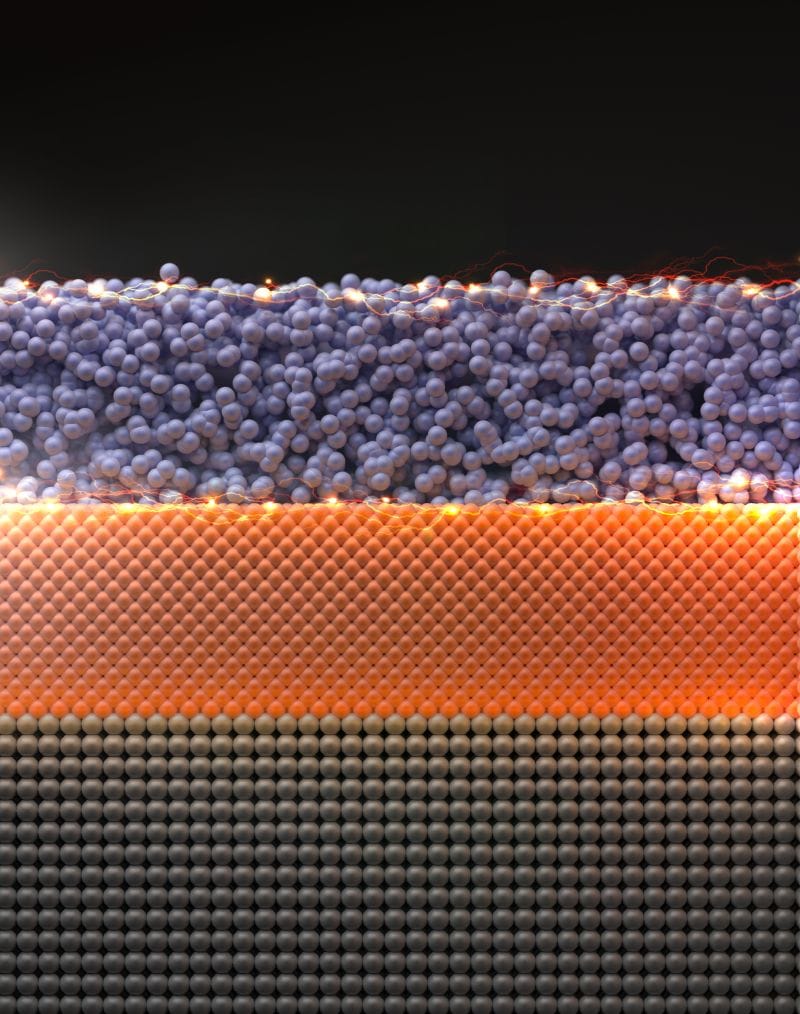RSS Feed Source: Academic Keys
Professional Practice Assistant or Associate Professor
Requisition ID: 2025-8961
# of Openings: 2
Location: US-UT-Logan
Category: Faculty
Position Type: Benefited Full-Time
Job Classification: Faculty
College: College of Engineering
Department: Biological Engineering
Advertised Salary: Commensurate with experience, plus excellent benefits
Overview
In support of the Utah System of Higher Education (USHE) Life Science Talent Workforce Initiative, the Department of Biological Engineering at Utah State University seeks applications for a Professional Practice Assistant or Associate Professor (non-tenure track) position to teach courses, with a focus on the new online Master of Bioprocessing and Biomanufacturing program.
Assistant Professor:
This position requires at least five years of experience in the biomanufacturing/bioprocessing industry, in technical training of industry employees regarding biological reactors (fermenters and mammalian cell culture bioreactors) operations and monitoring, and Lean Six Sigma certification. Requires knowledge and experience with quality assurance and quality control, FDA inspection and approval processes.
Associate Professor:
This position requires at least seven years of experience in
Click this link to continue reading the article on the source website.


